Audit
In the initial phase it's important to take an audit of what you have available and review the condition of those assets and resources. Here is a list of those assets and resources.
- Existing Solar System
- RV Panels
- Batteries
- Energy Shed / Building
- Existing Water System
- ...
Existing Solar Systems
Existing Batteries
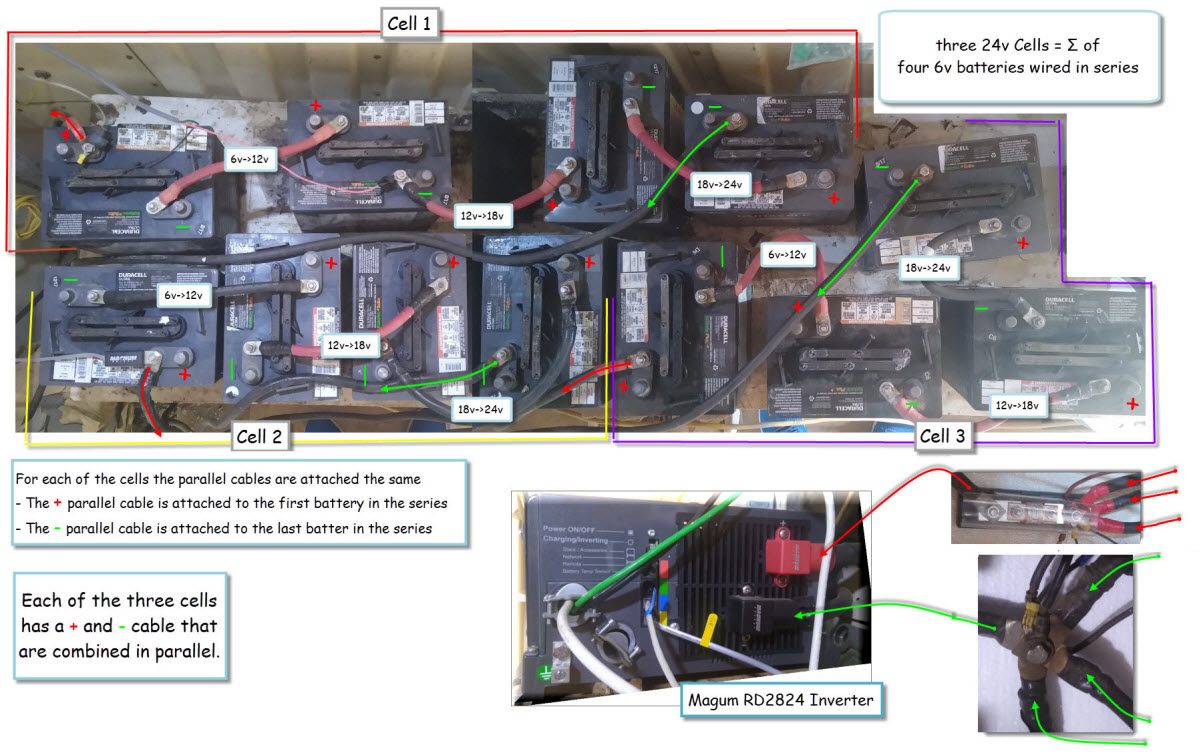
Existing Panels

Wind Generators
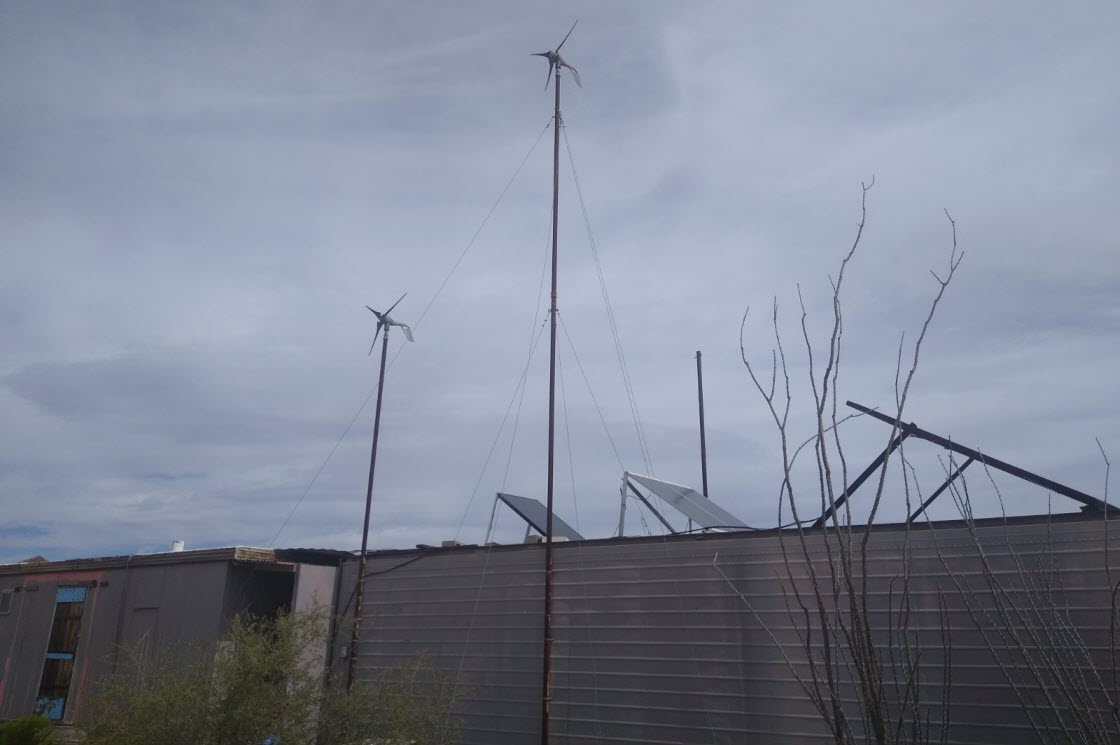
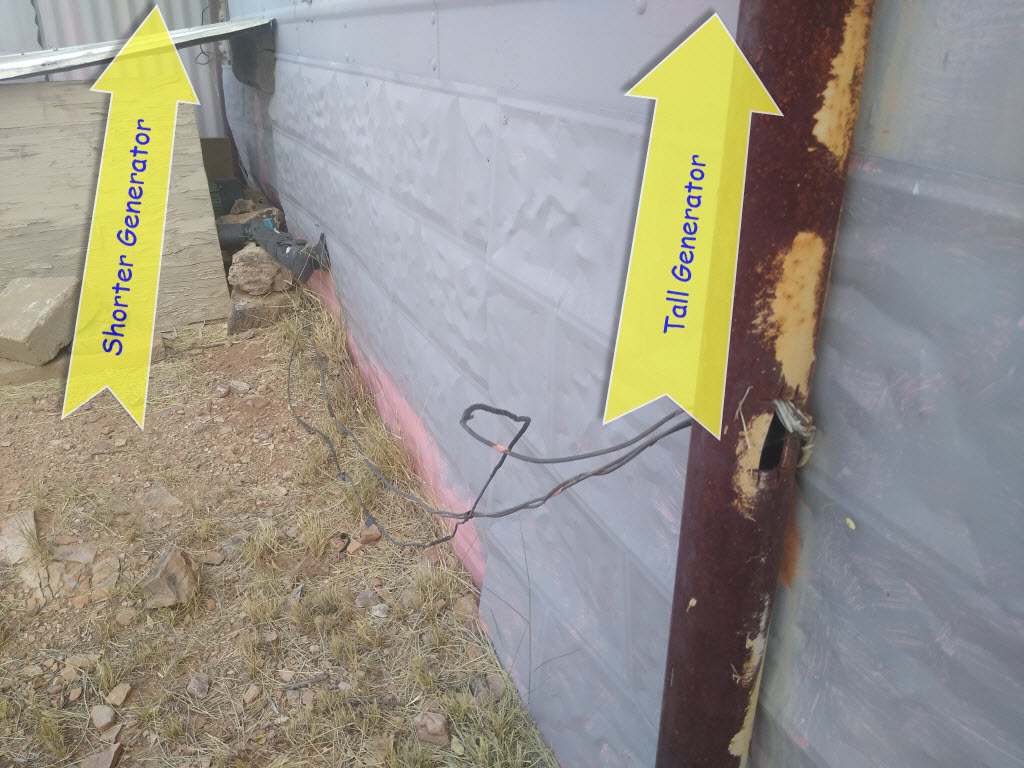
Existing Water Systems
Well location
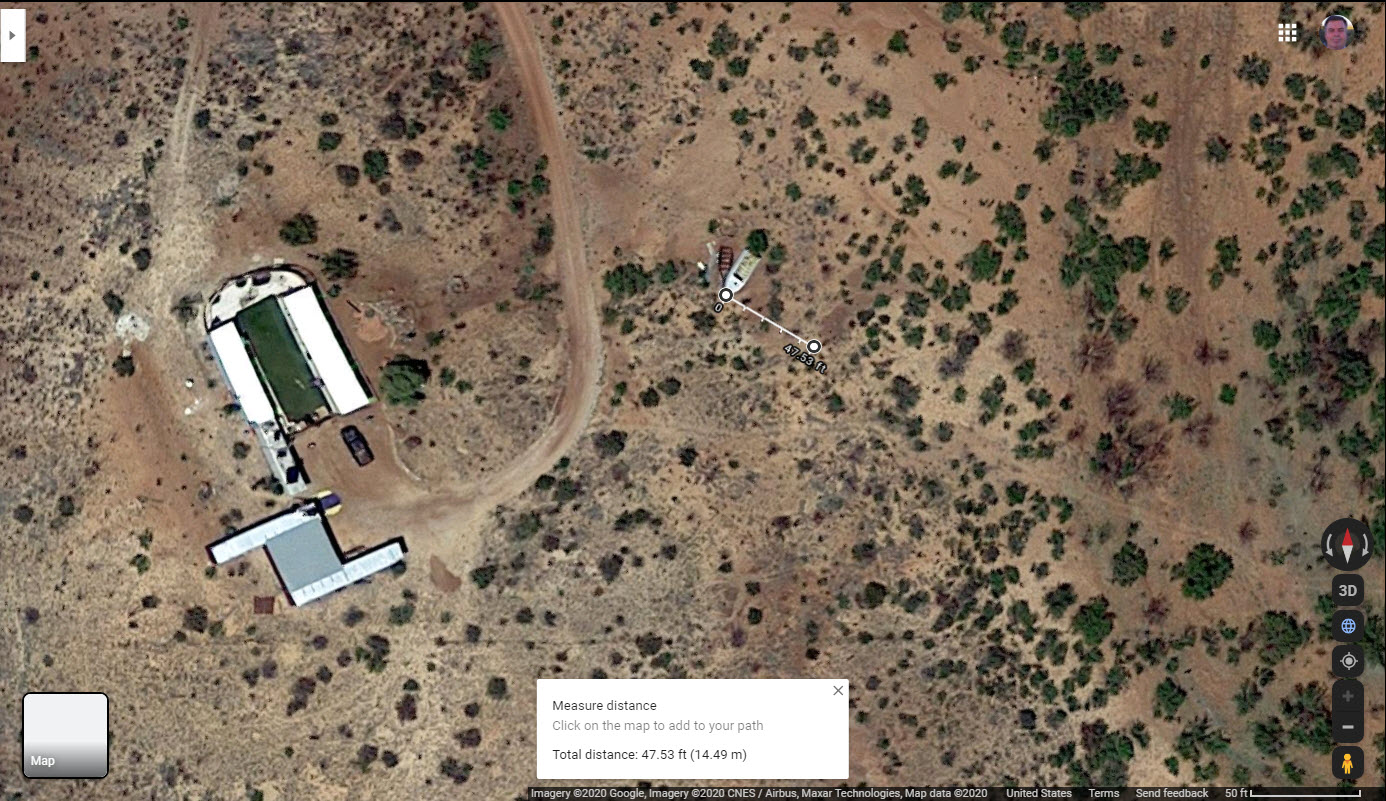
Water Production
On 2020-10-20, I ran the water pump for approximately 17 minutes and I calculated it at 10 gallons per minute (or 600 gallons / hour)
(it took 6 seconds to fill up a gallon plastic jug) so that works out to 170 gallons(17 * 10)
the Chicago Electric Generator is wired directly to the pump and to be able to use the solar you need to put in an electric socket.
Wellhead fence and maybe use solar
Task: Should we build a fence around the well head to protect it from cows?
If we put a fence around it (like chain link) would it make sense to put a solar panel there (inside a lockable fence) and have it dedicated to pumping the water?
You would need to include an inverter with it, but that's it, no batteries and all the extra cost and maintenance that goes with them.
It would just run if the storage tank is low and if the panels are producing power.
I would just need to figure a triggering mechanism when to run it.
If I can't wait for these conditions and I need water I need to have an alternative solution (like running a generator)
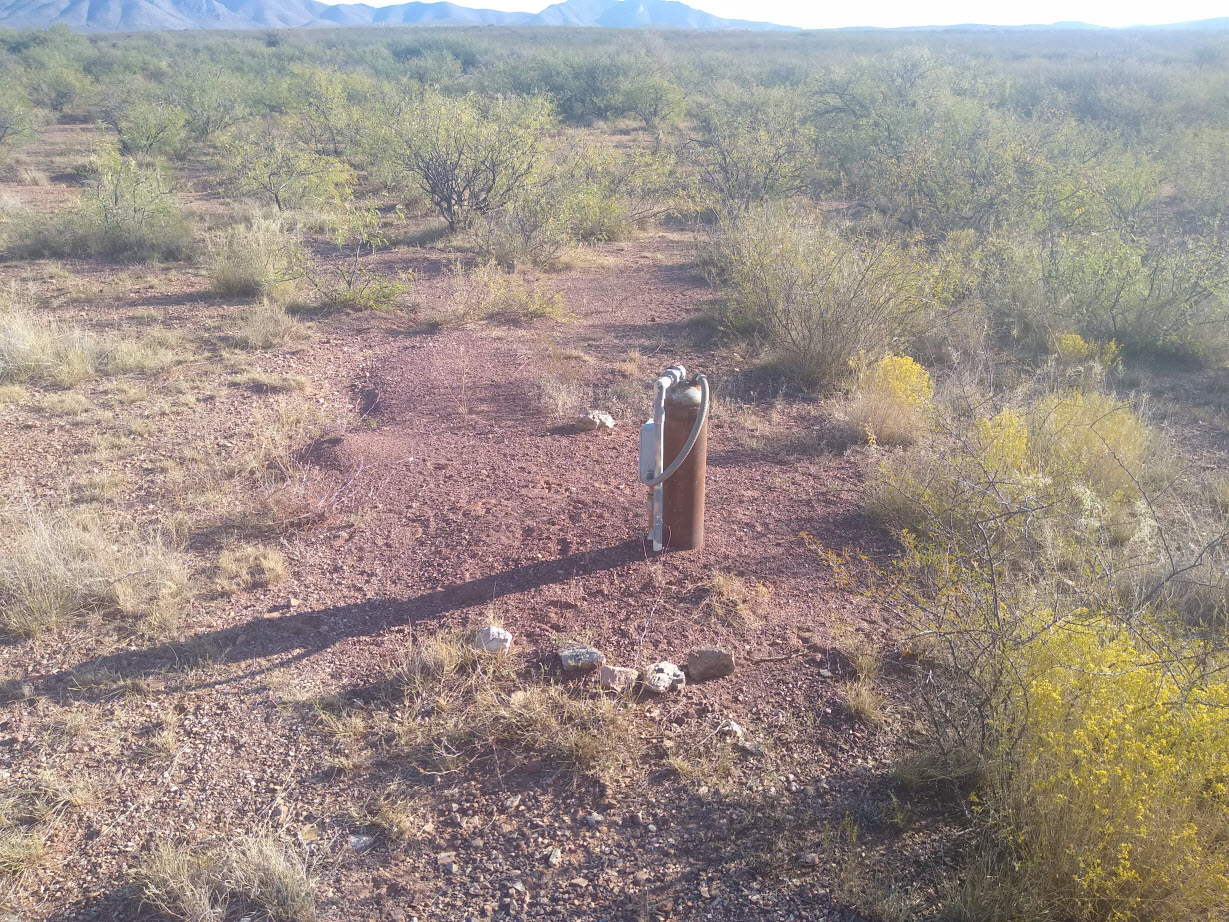
Pump water with the wind and use of a siphon
It is a good principle of permaculture to store bodies of water (e.g. a tank or a pond) as high up in the property as possible.
If the water can be stored in the higher places then all the demands for that water below it can be met without use of a pump.
The energy from the windmill to pump the water (which is free) can be designed in such a way that an elevated storage tank can be filled.
The storage tank can be right next to the windmill (like the big rusty one that is already there) or located anywhere so long as the top of the tank's elevation is below the elevation point where the windmill lifts the water.
The higher the windmill lifts the water the higher the storage tank can be on the landscape (embracing the permaculture principle just mentioned).
If the optimal place for the storage tank is some distance away, then a water line can be installed connecting it to the windmill.
Jerry Watkins showed me this working at his place in Tonto Creek Arizona.
With the use of a siphon, the water line can go anywhere (e.g. over a hill that is higher than the windmill and storage tank) as long as the source of the water is a little bit higher than where it is stored.
see this 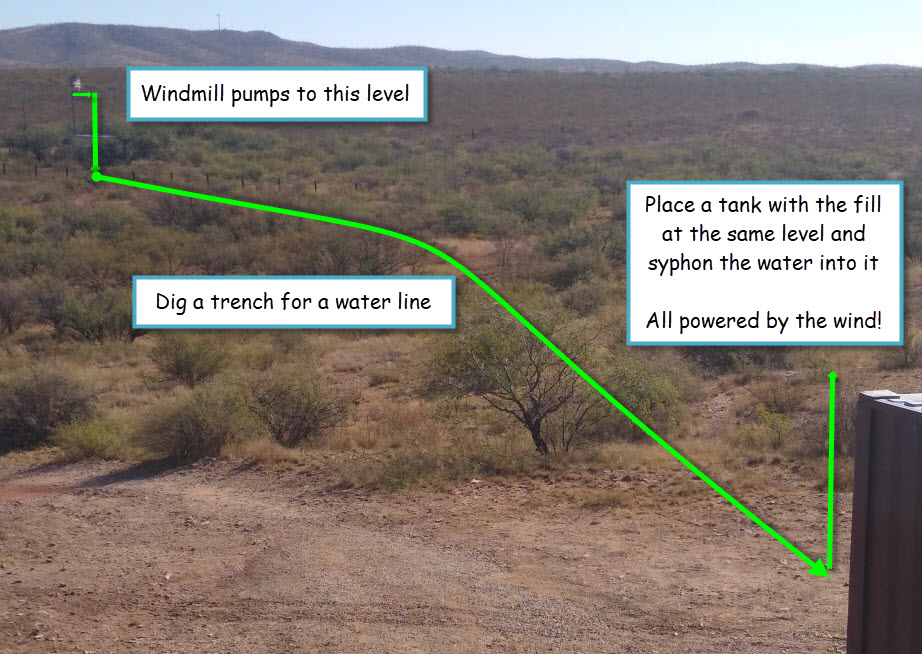 to get an idea of what I am talking about.
It depicts a long water line starting at the windmill (off in the distance) which will feed a tank at or near the top of the hill where the trailers are.
There's another high place on the property that is north of the windmill and a storage tank can be placed there using the same principle.
to get an idea of what I am talking about.
It depicts a long water line starting at the windmill (off in the distance) which will feed a tank at or near the top of the hill where the trailers are.
There's another high place on the property that is north of the windmill and a storage tank can be placed there using the same principle.
The question therefore becomes a) what is the cost to fix the windmill (replace the leathers) and b) dig a trench for a 1,000 ft of pipe? The big advantage to this is you've got water pressure stored up on the hill driven strictly by wind and can be used wherever you have a connection to the main waterline.
I would assume we would still want an elevated tank so that you have enough gravity pressure for all the demands that are on the Mesa platform (where the two trailers are). I would think though that pumping water from the tank that's filled by the windmill to the tank that's up on stilts would be pretty cheap to do.